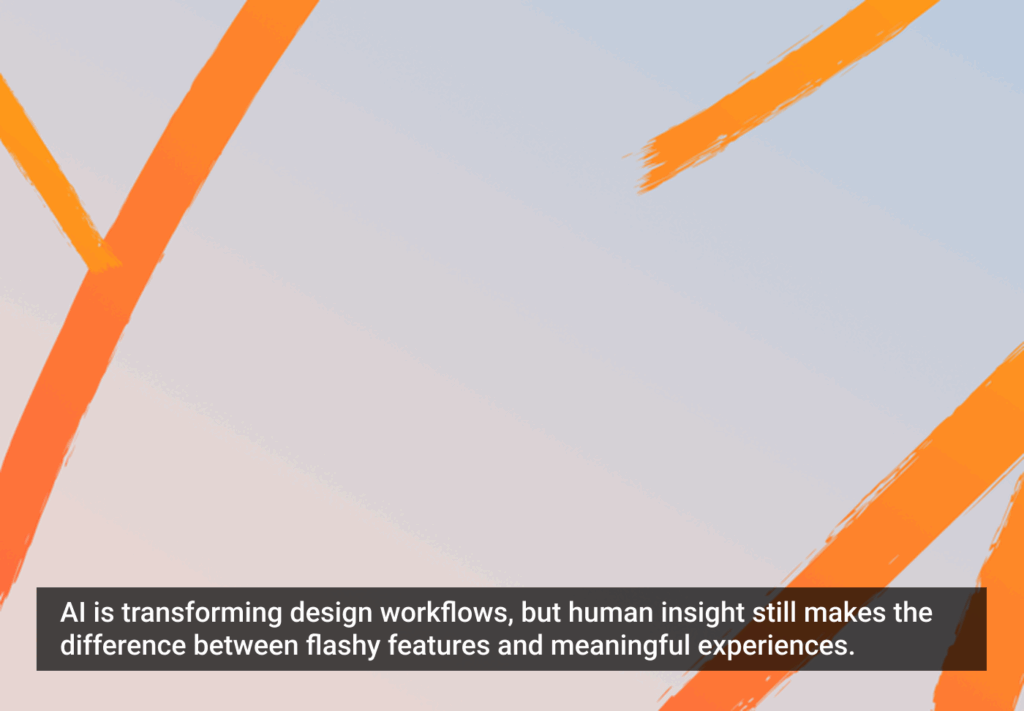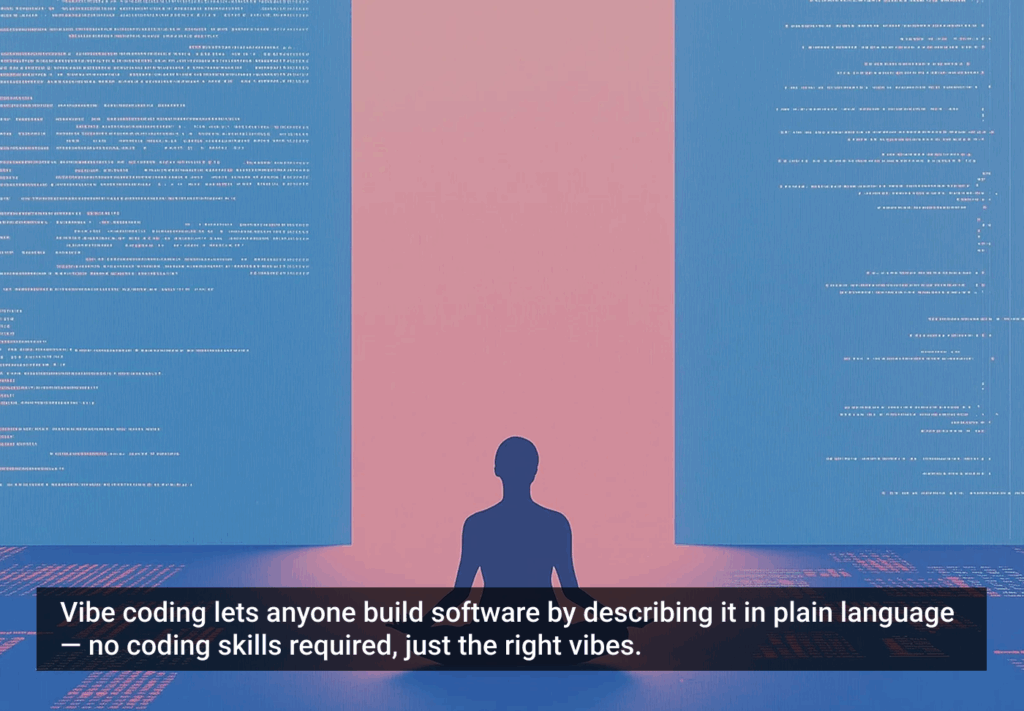One of the points I make in So You Want To Be A Designer is that the hardest part of software isn’t the process of creating software, it’s changing culture and influencing organizations. One of the strongest tools we have our repertoire in convincing others is prototyping and video: turning ideas into high-bandwidth communication artifacts. The goal of a prototype is to sketch an idea and to inspire participation: you are creating a narrative.
To put it another way, the value of an idea is zero unless it can be communicated. Below is the video of my talk on How To Prototype And Influence People. Not only that, but the video also includes a demonstration of live rapid prototyping! Now is your chance to see me code and debug in front of seventy-five people. It’s like pair programming with an entire room.
[ View this presentation on Vimeo ]
For those who do not want to sit through the 30-minutes romp and my rapid prototyping, here are the principals of prototyping that I explain fully in talk:
- Your first try will be wrong. Budget and design for it.
- Aim to finish a usable artifact in a day. This helps you focus and scope.
- You are making a touchable sketch. Do not fill in all the lines.
- You are iterating your solution as well as your understanding of the problem.
- Treat your code as throw-away, but be ready to refactor.
- Borrow liberally
- Tell a story with your prototype. It isn’t just a set of features.








